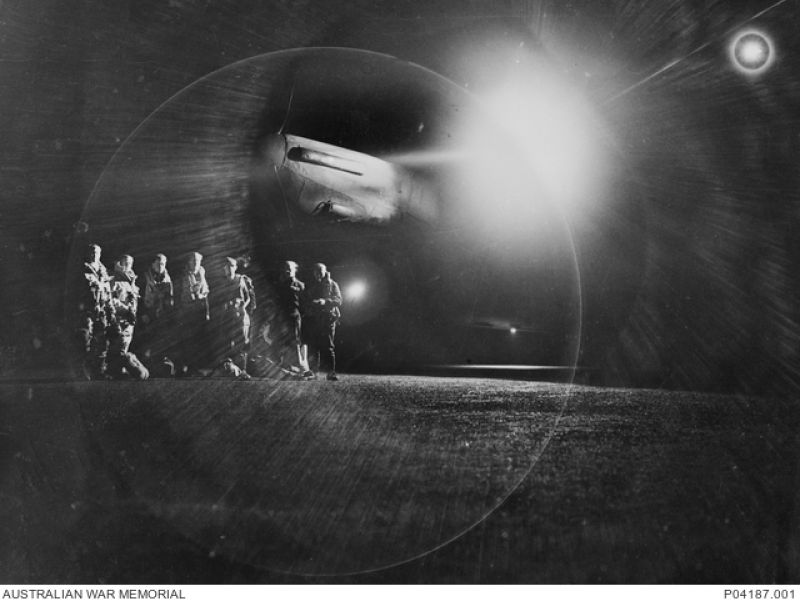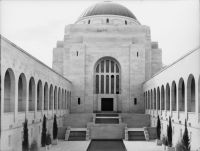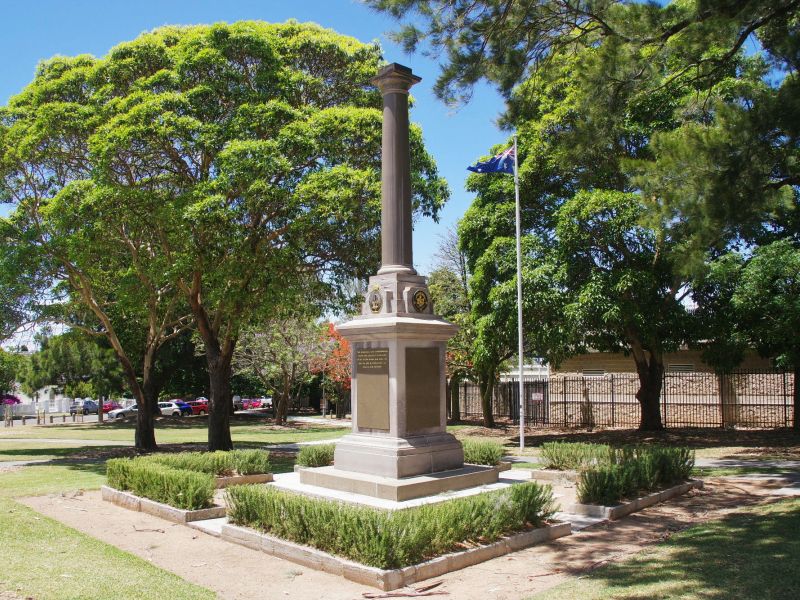Flight Sergeant Gilbert Firth Pate, No. 467 Squadron, Royal Australian Air Force
Gilbert Pate was born on 25 August 1916 in Caulfield, Victoria, the son of Sydney and Kathleen Pate. His father was a sales manager, and he had three sisters, Peggy, Kitty, and Joyce.
Pate was educated at Kogarah Primary School and Kogarah High School. Fond of sport, he played football, cricket, and tennis, and even considered becoming a jockey. After leaving school he worked as a shipping clerk with the Commonwealth Wool and Produce Company in Ultimo, New South Wales.
From January to March 1941 Pate served as a sapper with the Anti-Aircraft Searchlight Company. The following year he married Edith Grace Cox, and on 20 June 1942 he enlisted in the Royal Australian Air Force’s Citizen Air Force. He began training as an air gunner.
Pate embarked from Brisbane on 20 April 1943, arriving in the United Kingdom in early June. As part of the Empire Air Training Scheme he was one of almost 27,000 RAAF pilots, navigators, wireless operators, gunners, and engineers, who joined Australian and British squadrons in Britain throughout the course of the war.
Pate was promoted to flight sergeant in September, he joined No. 29 Squadron the following month, and in November he made his first operational sortie when he filled in for an injured gunner on a raid over Dusseldorf. On the last day of 1943 he was posted to No. 467 Squadron, RAAF. As part of Bomber Command, the squadron flew the four-engined Avro Lancaster heavy bombers.
On the night of 10 May, 31 Lancaster bombers from Nos 463 and 467 Squadrons, RAAF, departed as part of a major RAF raid from Waddington, England. Their target was the heavily defended railway yards at Lille in France. Flight Sergeant Pate was the rear gunner in Lancaster “B for Baker”.
While attacking the target the bomber was hit, and exploded mid-air. Squadron Leader Donald Smith was thrown clear and managed to parachute down safely. He eventually made it back to Britain. The rest of the crew died in the crash. Flight Sergeant Pate was among those killed, along with Australians: Warrant Officer Royston Purcell and Flight Sergeant Alastair Johnston; and British airmen Flight Sergeant Jeremiah Parker and Sergeants Kenneth Tabor and Eric Hill.
Twelve Lancasters were lost on the raid; 50 airmen were recorded as casualties of the mission.
After the war, the remains of Commonwealth servicemen buried in Europe were examined and identified where possible. Pate’s remains were identified, as were some personal effects, including a pen knife engraved with the words “Christ my guide”. He was reinterred at Lezennes Communal Cemetery south-east of Lille, under the inscription, “He fought and died a hero in the battle of the skies.” He was 27 years old.
Pate was dearly missed by his parents and sisters, who placed in memoriam notices in the newspaper for years after his death, each ending with the epitaph: “Per ardua ad astra” – through adversity to the stars.

 Australian War Memorial
Australian War Memorial